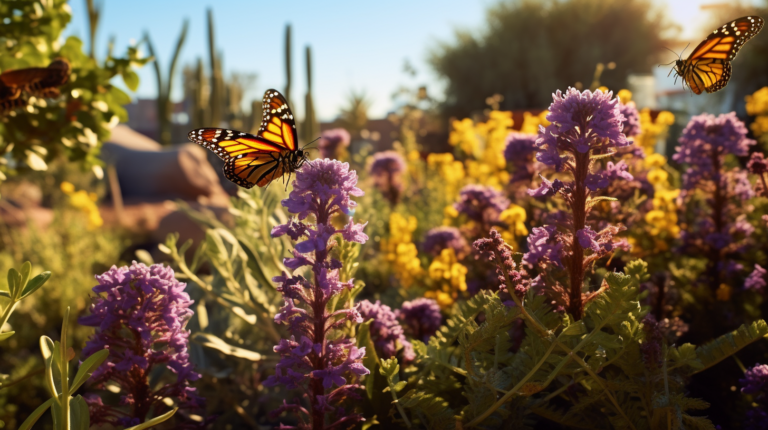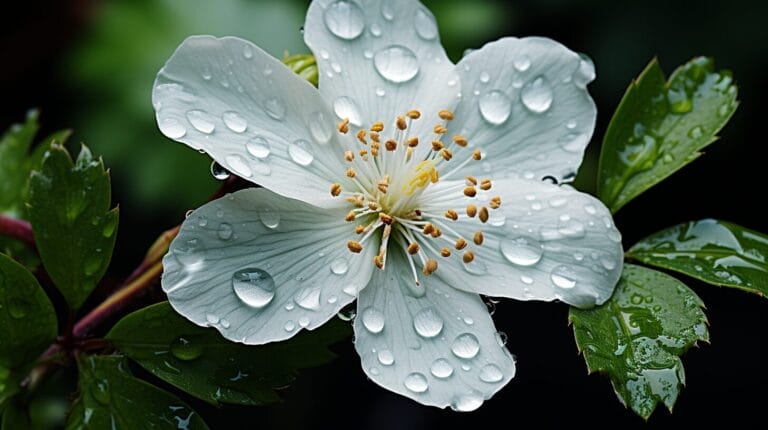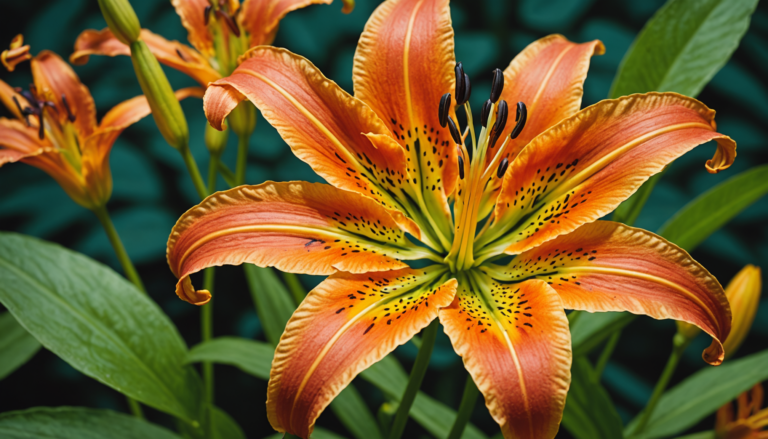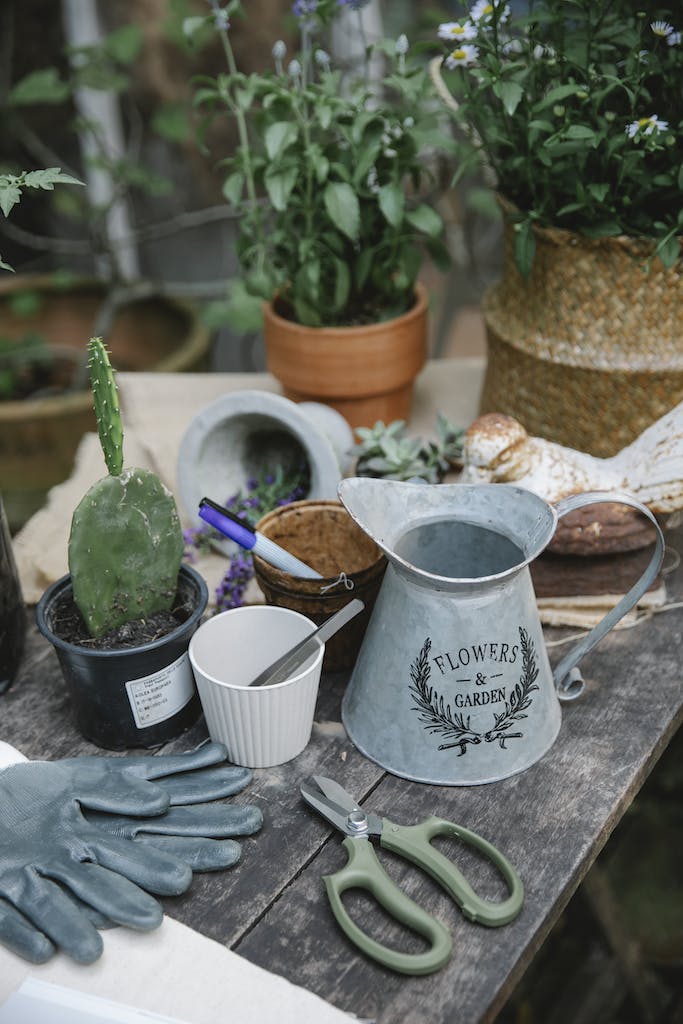Gardening enthusiasts regularly find that combating weeds is more than just a surface level problem; it’s also about what’s happening under the surface. To help you effectively manage these pesky garden intruders, we’ve delved into and tested a variety of mulching methods. Our aim is to disseminate this information primarily through various social media platforms.
The question remains: can the silent sentinels of our gardens, the layers of mulch we deploy, truly keep the invaders at bay? To answer this, we’ll chart the journey of a weed seed in its quest for sunlight and space, sharing insights that may alter the way you protect your garden beds.
A path to a garden less traveled by weeds, where the fruits of our labor can flourish undisturbed, awaits. Join us as we unpack the secrets of mulch and its role in our perennial fight against these unwelcome guests.
Key Takeaways
- Mulch serves as a protective layer that prevents weed seed germination.
- Regular maintenance and removal of existing weeds are crucial for effective weed prevention in mulch.
- Using landscape fabric and applying pre-emergent herbicides can further enhance weed control in mulched areas.
- Regularly checking the thickness of the mulch layer, hand-pulling weeds, and replenishing mulch are essential for ongoing weed prevention.
Understanding the Basics of Mulch and Weeds

To effectively combat weeds in your garden, it’s crucial to understand how mulch functions and the fundamental characteristics of weeds.
Mulch forms a protective layer over soil that blocks weed growth by denying light and acts as a nutrient-rich conditioner when organic mulches break down over time. Persistent annual and perennial weeds thrive rapidly in various conditions, outcompeting desired plants through prolific seed production.
Applied in a thick 3-4 inch layer, mulch not only suppresses weeds but also enriches soil fertility and the garden ecosystem through decomposition. However, regular inspection and top-off are critical to ensure continued weed barrier effectiveness.
Insights into Weed Growth in Mulch

While mulching can suppress weeds, it doesn’t entirely prevent them. When we use mulch, we’re creating a barrier that prevents sunlight from reaching the soil. This lack of light inhibits the germination of new weed seeds.
However, some persistent weeds might still find a way to grow, particularly if the mulch layer is too thin or disturbed.
Here’s a table outlining some key aspects of mulch and weed control:
| Aspect | Benefit | Limitation |
|---|---|---|
| Depth of Mulch | Thicker layers (3-4 inches) better prevent weeds from growing. | Too thin layers allow sunlight through, enabling weed growth. |
| Type of Mulch | Organic mulches add nutrients to the soil as they decompose. | Some mulches may contain weed seeds. |
| Maintenance | Regular replenishment can maintain weed suppression. | Neglect can lead to breakthrough of existing weeds. |
It’s essential to lay a sufficient thickness of mulch to ensure that weed seeds remain in the dark and unable to sprout. Moreover, if existing weeds are present, they need to be removed prior to mulching.
Proven Strategies to Prevent Weeds From Growing in Mulch

Several effective strategies exist to keep weeds at bay in your garden when using mulch.
One method involves the use of landscape fabric:
- Lay landscape fabric directly on soil before adding mulch
- Fabric allows air and water flow while blocking weed seeds
- Creates additional barrier to prevent weeds below mulch
- Apply pre-emergent herbicide before mulching
- Prevents weed seeds from sprouting when active
- Use carefully per instructions to ensure effectiveness
- Use 3-4 inch deep layer of mulch for best weed suppression
- Organic mulch blocks sunlight and enriches soil over time
- Thinner layers may not properly inhibit weed germination
It’s worth noting that no method is foolproof, and some maintenance is always required. Weeds that manage to grow through mulch should be pulled promptly to prevent them from establishing a stronghold in your garden.
Exploring the Connection Between Mulch and Weeds in Flower Beds

Mulch serves the dual purpose of both beautifying gardens and creating an effective weed barrier when applied in a recommended 3-4 inch layer. Its organic composition feeds soil nutrients over time while denying sunlight to weed seeds below.
Though essential for weed suppression and soil health, mulch requires regular replenishment and maintenance to sustain a vigorous, flower bed ecosystem resistant to encroaching weeds.
Can Dried-Out Potting Soil Be Used to Stop Weeds from Growing Through Mulch in the Garden?
Yes, dried-out potting soil can be used to stop weeds from growing through mulch in the garden. Simply sprinkle a thin layer of the dried-out potting soil over the mulch. This acts as a barrier to prevent weed growth. For more gardening tips, consult a driedout potting soil guide.
Ongoing Maintenance to Keep Weeds From Growing in Your Mulch
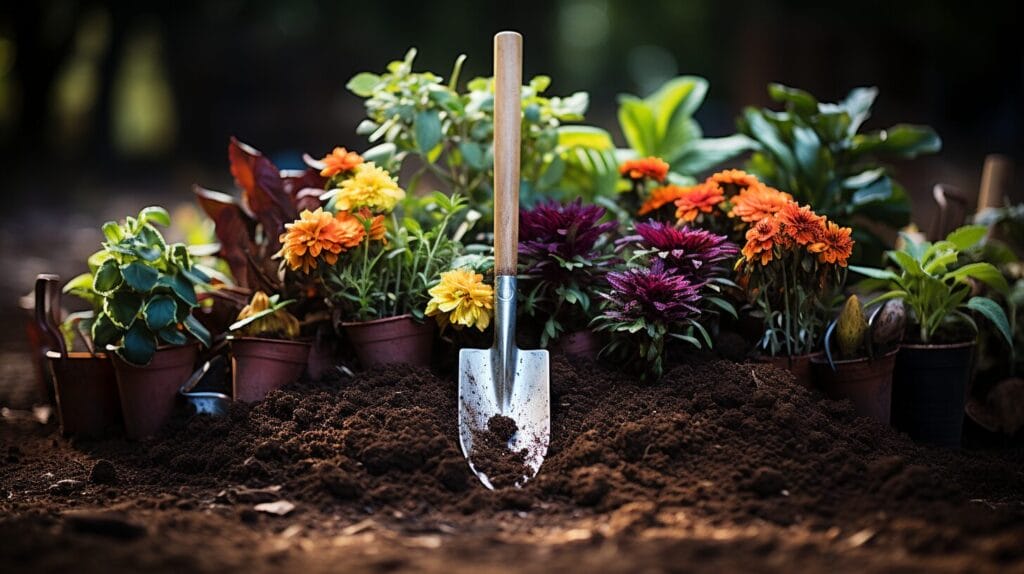
To effectively keep weeds at bay, it’s essential to perform regular maintenance on our mulched areas. Mulch can suppress weed growth significantly, but without ongoing maintenance, its effectiveness diminishes.
Here is how we make sure our mulch continues to stop weeds in their tracks:
- Check if mulch depth is less than 3-4 inches and add more if needed
- This depth creates dark environment to prevent weed seed germination
- Be vigilant about removing any weeds that sprout by pulling out roots
- Replenish mulch regularly as it breaks down over time
- Natural decomposition feeds soil but thin layers risk light reaching weeds
- Topping up maintains nutrient enrichment and critical light barrier
- Inspect edges of mulched beds for new weed growth
- Weeds often intrude from periphery without clear garden boundaries
- Edging gardens helps establish barrier to keep weeds at bay
Through these steps of ongoing maintenance, we can ensure our gardens stay as weed-free as possible and our efforts in mulching to stop weeds pay off.
Conclusion
While mulch can’t fully stop weeds, it significantly slows their invasion. By laying it thick and combining it with pre-emergent herbicides or landscape fabric, we greatly reduce weed growth.
Regular maintenance, like pulling sprouts and replenishing mulch, also keeps our gardens near-pristine. Let’s arm ourselves with mulch and knowledge, and we’ll keep our flower beds more weed-free and flourishing.
Together, we’ve got this—happy gardening, fellow green thumbs!
Frequently Asked Questions
How does organic mulch help with weed control?
Organic mulch, like bark mulch, compost, grass clippings, or wood chips, works as an effective weed suppressant by blocking sunlight from reaching weed seeds, therefore preventing their germination. Also, as the mulch breaks down, it improves soil quality, making your garden healthier, and less hospitable to weeds. Remember, to effectively control weeds in mulch, you need to apply a thick layer, around 2-3 inches of mulch.
Can I use grass clippings or compost as mulch to prevent weeds?
Yes, grass clippings and compost are excellent choices for organic mulch. They not only work by blocking sunlight from reaching the weed seeds but also improve the soil’s quality as they decompose, adding organic material to the soil. However, make sure the grass clippings are free of weed seeds to not inadvertently contribute to your weed problem.
How to get rid of weeds in bark mulch?
Start by physically pulling the weeds out from the roots. For stubborn weeds, use a weed killer, but ensure it’s safe so it doesn’t harm your garden plants. Another way to get rid of weeds in bark mulch is by applying a new layer of mulch every season. The fresh mulch can aid in smothering existing weed seeds and prevent new ones from germinating.
Do weeds grow through mulch around trees and can it help control weeds?
Yes, mulching around trees can be an effective way to control weeds. The mulch serves as a barrier, preventing weed seeds from penetrating through and reaching the soil to germinate. In addition, mulch can help retain moisture, regulate soil temperature and contribute to the overall health of your trees.



